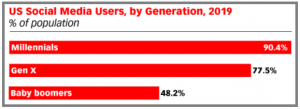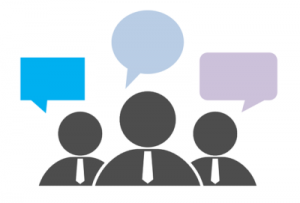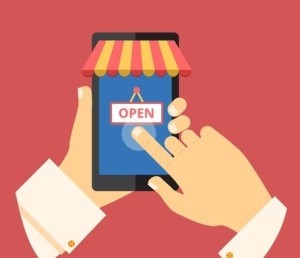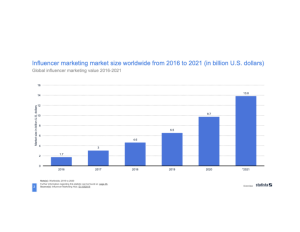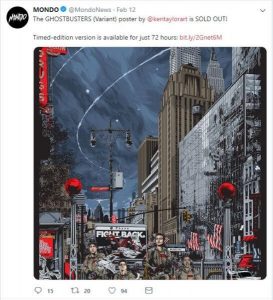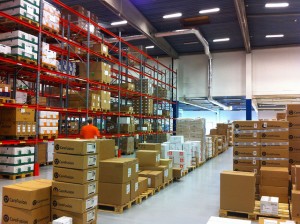— January 30, 2018
Long gone are the days when B2B buyers were forced to rely just on information provided by you… the salesperson. Buyers have access to information like never before.
Consider this:
- The Corporate Executive Board (CEB) found that buyers are 57% of the way through the purchasing process before they engage with sales professionals.
- Forrester found that 74% of modern buyers conduct more than half of their research online before they speak with a salesperson.
- IDC found that 75% of B2B buyers use social media to learn about potential vendors.
The internet changed the game. Buyers have the power to research your company, your products and services, your executives, your competition, and you!

As we start 2018, here are 5 opportunities for salespeople to use LinkedIn to win new customers and deepen relationships with existing ones:
- By sharing content on a regular cadence, you can continually put yourself front of mind with buyers in your network and position yourself as a trusted advisor. By doing so, you will be the first person they contact when ready to engage.
- Share content on LinkedIn to educate your network on how you and your company have helped companies achieve their goals. The ideal outcome is for a buyer in your network to see your content, happen to be in buying mode, and engage directly. The alternative—and this is the amplification effect of social media—is that your content will be shared by someone in your network, perhaps by a friend, client, colleague or family member. The amplification effect moves your content into that person’s feed and your message out to buyers in that person’s network.
- Showcase the right mix of content. You will seem salesy if you only share content about your company. Roughly 50% of what you share can be about your company. Another 25% should be about the industry that you serve, trends, useful information that would benefit buyers—but importantly should not be specific to your company. The final 25% should be content on a topic that you are passionate about. This humanizes you on social media. Remember, people buy from people they trust and can relate to.
- Follow potential buyers on social media to understand what’s important to them in business and life, and tailor your message accordingly. Social media allows salespeople to identify when prospects are showing buying intent. Insert yourself into their buying cycle earlier to influence the decision making process. People never forget how you made them feel. Social media provides life events such as birthdays, work anniversaries, and job changes. Slowing down to acknowledge what are likely important moments for that buyer, and not trying to sell or start a business conversation in the process, goes a long way in building relationships. Be human.
- Search LinkedIn to find buyers, leverage social insights to identify what is likely important to them on both a business and human level, and determine the best path to a meeting. Oftentimes this is through a warm introduction from a trusted contact in your network. To amplify the opportunity for warm introductions to buyers, get into a cadence of connecting daily on LinkedIn with every single person with whom you have a meaningful business or personal interaction that day.
In my next article, I will share best practices to build a professional profile on LinkedIn that educates, differentiates, builds trust, and motivates buyers to connect with you.
Digital & Social Articles on Business 2 Community
(30)

